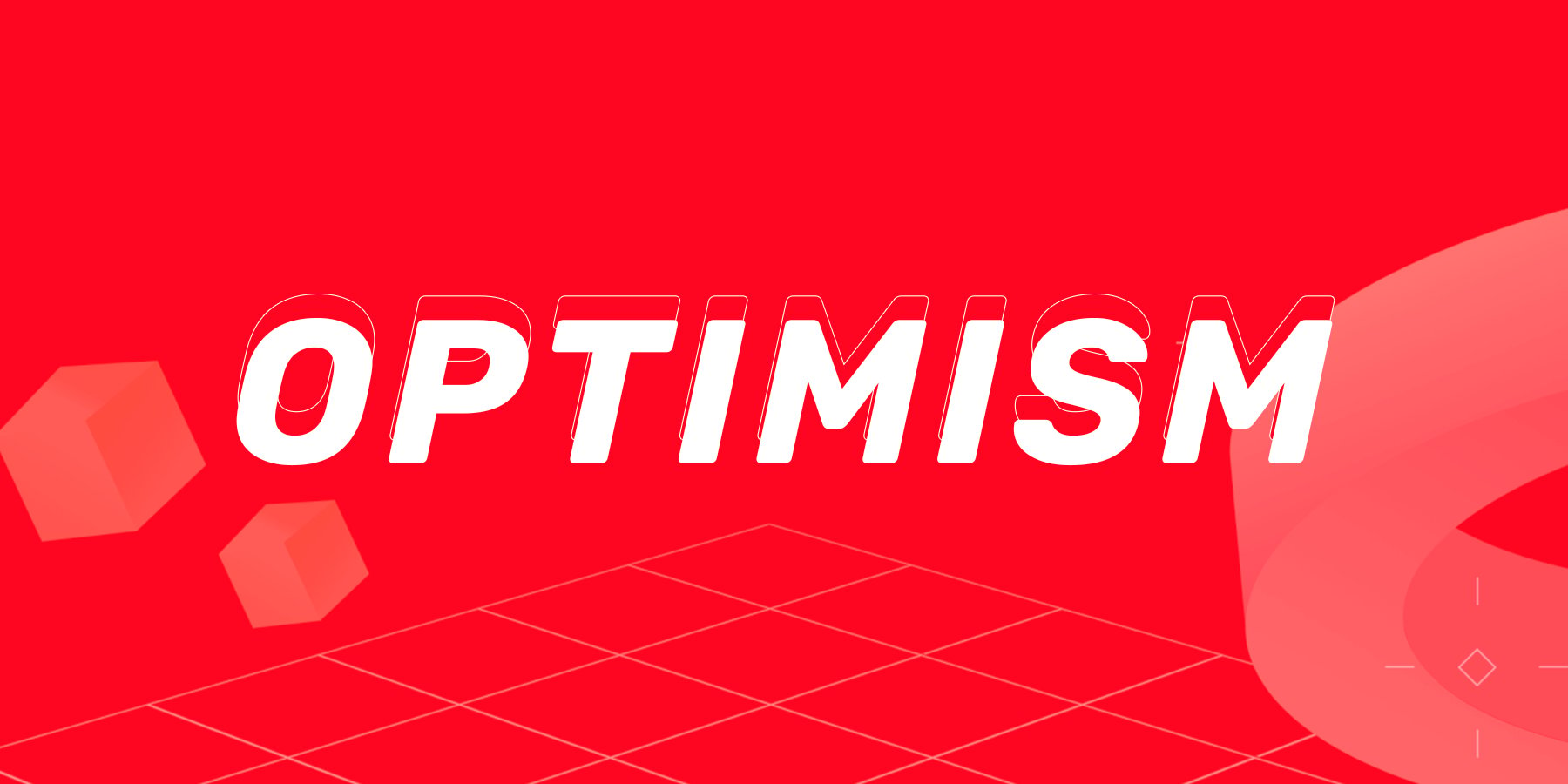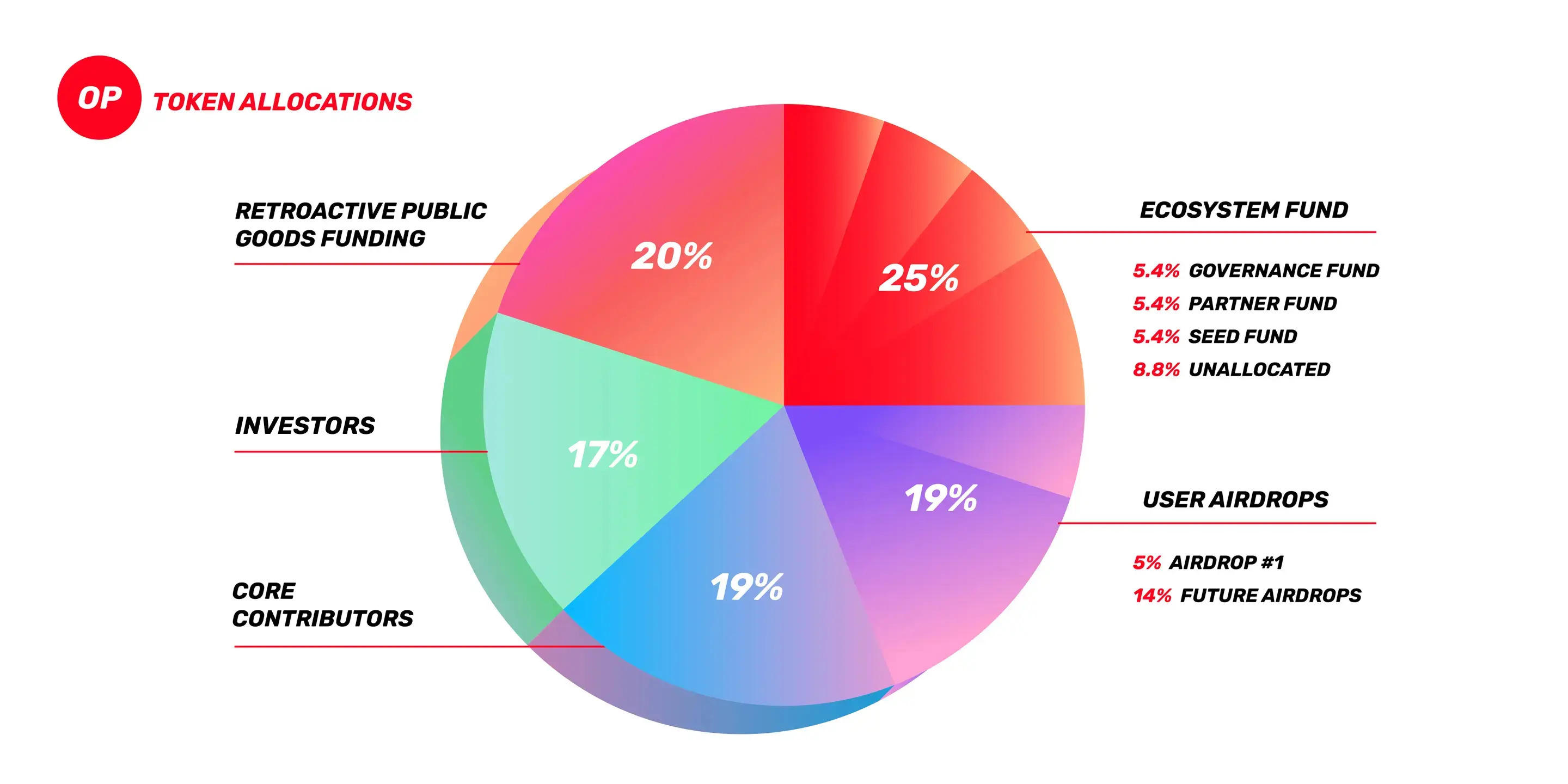The Ethereum blockchain, despite its robust security and decentralization, has long struggled with scalability issues, leading to network congestion and high transaction fees during peak demand. This limitation sparked the emergence of Layer-2 scaling solutions, with Optimism emerging as a pioneering "Optimistic Rollup" protocol designed to enhance Ethereum's throughput while preserving its foundational security. On September 30, 2025, Optimism reached a significant technical milestone with the mainnet launch of Flashblocks, which slashes block generation time from 2 seconds to a remarkable 250 milliseconds. This upgrade, coupled with the recent integration of Tether's cross-chain stablecoin USDT, underscores Optimism's accelerating ecosystem growth. As of late September 2025, OP trades at approximately $0.68, reflecting a market cautiously balancing recent token unlocks against promising technical developments. This article explores Optimism's technology, ecosystem expansion, liquidity trends, and evolving role in the decentralized finance (DeFi) landscape.

What Is Optimism? The Foundation of Optimistic Rollups
Optimism operates as an
Ethereum Layer-2 scaling solution, specifically utilizing a technology called
Optimistic Rollup. Its core premise is executing transactions off-chain while periodically submitting compressed transaction batches to the Ethereum mainnet. This approach leverages Ethereum's security model without overburdening its base layer with computational load . The term "optimistic" originates from the protocol's default trust assumption: every batch of transactions (or "state root") submitted to Ethereum is presumed valid unless explicitly challenged. This system introduces a
challenge window, typically one week during which any participant can dispute fraudulent state transitions by submitting fraud proofs. Successful disputes slash the staked funds of the malicious actor, incentivizing honest behavior.
A key component of Optimism's architecture is the Sequencer, which provides instant transaction confirmations and arranges transaction ordering. Users can trust these confirmations because the Sequencer operates within a cryptographic economic system where malfeasance results in financial penalties. The protocol's compatibility with the Ethereum Virtual Machine (EVM) is achieved through the Optimistic Virtual Machine (OVM), which allows most Ethereum smart contracts to deploy on Optimism with minimal modifications. This compatibility has proven vital for attracting developers and existing DeFi projects seeking scalable solutions.
Optimism Superchain
The
Superchain, a vital development within the Optimism ecosystem, aims to enhance interoperability and composability between various blockchain chains using the OP Stack. It endeavors to unite previously isolated Layer 2 solutions into a cohesive and horizontally scalable network of chains. This initiative introduces a permissionless system that enables the deployment of new chains into a shared network, paving the way for substantial scalability, innovative applications, and a unique revenue model that rewards both application developers for the fees their chains generate and protocol developers for the public goods they create. The Superchain project represents a significant step toward achieving scalable and decentralized computing on a global scale.
The significance of the Superchain lies in its ability to merge Optimism Mainnet with other chains, creating a unified network of OP Chains within the Superchain. This integration fosters a holistic approach to blockchain networks, where security, communication, and a shared open-source development stack converge. By doing so, the Superchain introduces a novel paradigm for blockchain ecosystems that facilitates extensive scaling, novel applications, and a sustainable model that benefits developers while advancing the cause of decentralized computing.
The Superchain project's vision represents a transformative shift in the blockchain landscape, emphasizing the importance of connectivity and collaboration among different blockchain chains. It fosters a scalable, decentralized computing environment that not only rewards developers but also opens the door to a wide array of innovative applications and substantial growth in the blockchain industry.
What Is the OP Token?
Optimism's native token,
OP, serves multiple functions within the ecosystem including governance voting, protocol incentives, and network security. The token's economic model incorporates regular distributions to ecosystem participants through programs like
Retroactive Public Goods Funding (RPGF), which allocates approximately 2.6 million OP monthly (worth roughly $1.8 million) to developers building on the network.
Recent market performance highlights the complex interplay between tokenomics and price action. On September 21, 2025, Optimism underwent a significant
token unlock event, releasing 116 million OP tokens (representing 6.89% of circulating supply). This supply increase created immediate selling pressure, driving OP's price down 11.82% by September 24 before stabilizing around $0.68 by month's end. Technical analysis indicates OP faces immediate resistance at $0.86 with support established at $0.63, aligning with the lower Bollinger Band.
OP Token serves several utilities within the Optimism ecosystem:
Governance: OP Token holders hold voting rights on proposals related to software upgrades, protocol parameters, and the allocation of funds from the Optimism Governance Fund. This enables community members to directly influence the development and direction of the Optimism network.
Fee Payments: OP Tokens can be used to pay transaction fees on the Optimism network, offering an alternative to ETH gas payments. This utility incentivizes the use of OP Token and contributes to its decentralized network governance.
Ecosystem Incentives: OP Tokens are distributed as rewards to incentivize participation in various aspects of the Optimism ecosystem, such as contributing to open-source development, participating in governance, and providing liquidity.
Community Engagement: OP Tokens serve as a unifying element for the Optimism community, fostering engagement and collaboration among token holders, developers, and users.
As Optimism continues to evolve, the OP token is expected to play an increasingly important role in shaping the network's direction and ensuring its long-term success. Its diverse utilities and governance functions make it a valuable asset for both users and developers within the Optimism ecosystem.
OP Tokenomics
| Category |
Percentage |
Description |
| Ecosystem Fund |
25% |
The Ecosystem Fund is a proactive program meant to stimulate development in the Collective ecosystem by providing funding to projects and communities |
| Retroactive Public Goods Funding (RetroPGF) |
20% |
RetroPGF is the Optimism Collective’s primary mechanism to adequately and reliably reward public goods for the impact they provide |
| User airdrops |
19% |
A series of airdrops to reward users for specific helpful behaviors, beginning with Airdrop #1 |
| Core contributors |
19% |
The people who’ve been working tirelessly to bring the Optimism Collective into existence |
| Investors |
17% |
Investors |
Features of Optimism (OP)
Optimism, a Layer 2 scaling solution for Ethereum, offers several distinctive features which include:
Optimistic Rollups: Optimism employs Optimistic rollups, a technology that bundles large amounts of transaction data into manageable batches. These rollups significantly reduce transaction costs and enhance the scalability of the network by processing multiple transactions in a single operation.
Cost-Efficiency: Optimism is much more cost-effective than Ethereum's Layer 1, making it an attractive option for users seeking to reduce transaction fees. Transactions on Optimism are less expensive, allowing users to interact with blockchain at a fraction of the cost.
EVM-Equivalent Architecture: OP Mainnet, the primary network within Optimism, is built as a minimal extension of Ethereum's software. It features an Ethereum Virtual Machine (EVM)-equivalent architecture, ensuring that applications compatible with Ethereum can seamlessly operate on OP Mainnet without unexpected complications.
Layer 2 Solution: Optimism functions as a Layer 2 solution that operates on top of Ethereum's Layer 1. Transactions occur within Optimism, while transaction data is posted to Ethereum's mainnet for validation. This approach offers the benefits of a less congested network while maintaining the security of Ethereum's Layer 1.
Optimism Superchain: Optimism's Superchain initiative aims to maximize interoperability and composability among different blockchain chains, creating a horizontally scalable network of chains. This project facilitates the integration of various Layer 2 solutions, enhancing the potential for novel applications, scalability, and a unique revenue model. It marks a significant step toward decentralized and scalable computing.
Stablecoin Integration: USDT and Financial Infrastructure
The March 2025 deployment of Tether's USDT on the Optimism Superchain marked a critical milestone for the network's financial infrastructure. USDT represents Tether's native cross-chain stablecoin implementation, differing from traditional bridged versions by offering direct minting and redemption capabilities on Optimism. This integration provides several significant advantages: it reduces dependency on cross-chain bridges (historically vulnerable to exploits), enhances liquidity depth for decentralized trading, and improves capital efficiency for DeFi protocols.
The presence of a major stablecoin like USDT creates network effects that attract additional protocols and users seeking reliable dollar-denominated assets for trading, lending, and payments. This development positions Optimism as a more mature financial ecosystem capable of supporting sophisticated financial applications beyond simple token swaps. The stablecoin integration, combined with Optimism's low transaction fees, makes it particularly attractive for users requiring frequent stablecoin transactions without incurring Ethereum mainnet gas costs.
Conclusion
Optimism represents a sophisticated implementation of Optimistic Rollup technology that effectively balances Ethereum-compatible security with scalable performance. Recent developments including Flashblocks' 250ms block times, USDT₀ integration, and the expanding Superchain ecosystem demonstrate the network's rapid evolution beyond a simple scaling solution into a comprehensive platform for decentralized applications. While challenges remain in token distribution and competitive positioning, Optimism's strong liquidity inflows, growing DeFi ecosystem, and the committed developer community suggest a promising trajectory. As the broader blockchain industry prioritizes scalability and user experience, Optimism's blend of Ethereum-aligned security and innovative architecture positions it as a critical piece of infrastructure in the layered blockchain future.
Reference:
CoinCatch Team
Disclaimer:
Digital asset prices carry high market risk and price volatility. You should carefully consider your investment experience, financial situation, investment objectives, and risk tolerance. CoinCatch is not responsible for any losses that may occur. This article should not be considered financial advice.



